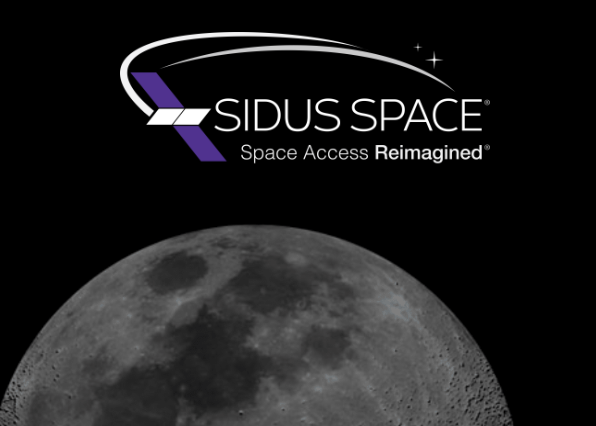Sidus Space, a Space and Data-as-a-Service entity listed on NASDAQ as SIDU, has secured a Tier 1 remote sensing license from the National Oceanic and Atmospheric Administration (NOAA). This approval encompasses the integration of Panchromatic (PAN) and Shortwave Infrared (SWIR) imaging capabilities within Sidus’ forthcoming LizzieSat™, set for launch in March 2024, alongside subsequent LizzieSat satellites.
This green light from NOAA enables Sidus to employ their LizzieSat™ constellation to capture and disseminate imagery and data across governmental and commercial sectors, catering to diverse applications. Equipped with PAN and SWIR imagers, Sidus’ satellites will generate a continuous stream of high-quality, varied satellite data. This data will undergo processing through their FeatherBox Artificial Intelligence onboard processor, merging images with time-synced Automated Information Systems (AIS) and GPS data. This synthesis aims to deliver near real-time insights, covering marine traffic trends, detection of illegal fishing activities, identification of methane emission locations and quantities, and a thorough assessment of global crop production affected by vegetative stress.
Carol Craig, CEO, and Founder of Sidus Space, commented on NOAA’s Tier 1 remote sensing license approval for the company’s trajectory. “With PAN and SWIR imaging capabilities, we’re unwavering in our commitment to advancing practical innovation in space technology, addressing real-world challenges,” Craig stated, according to a news release.
Of particular note, the integration of GPS data within the imagery processing is set to elevate the capabilities of Sidus’ services, offering precise location-based insights to their clientele.
The launch of LizzieSat is scheduled for March 2024, part of SpaceX’s Transporter-10 mission from Vandenberg Space Force Base in California. The satellite is poised to remain operational in space for a span of four years, primarily focusing on extensive data collection empowered by its integrated imaging and GPS capabilities.






